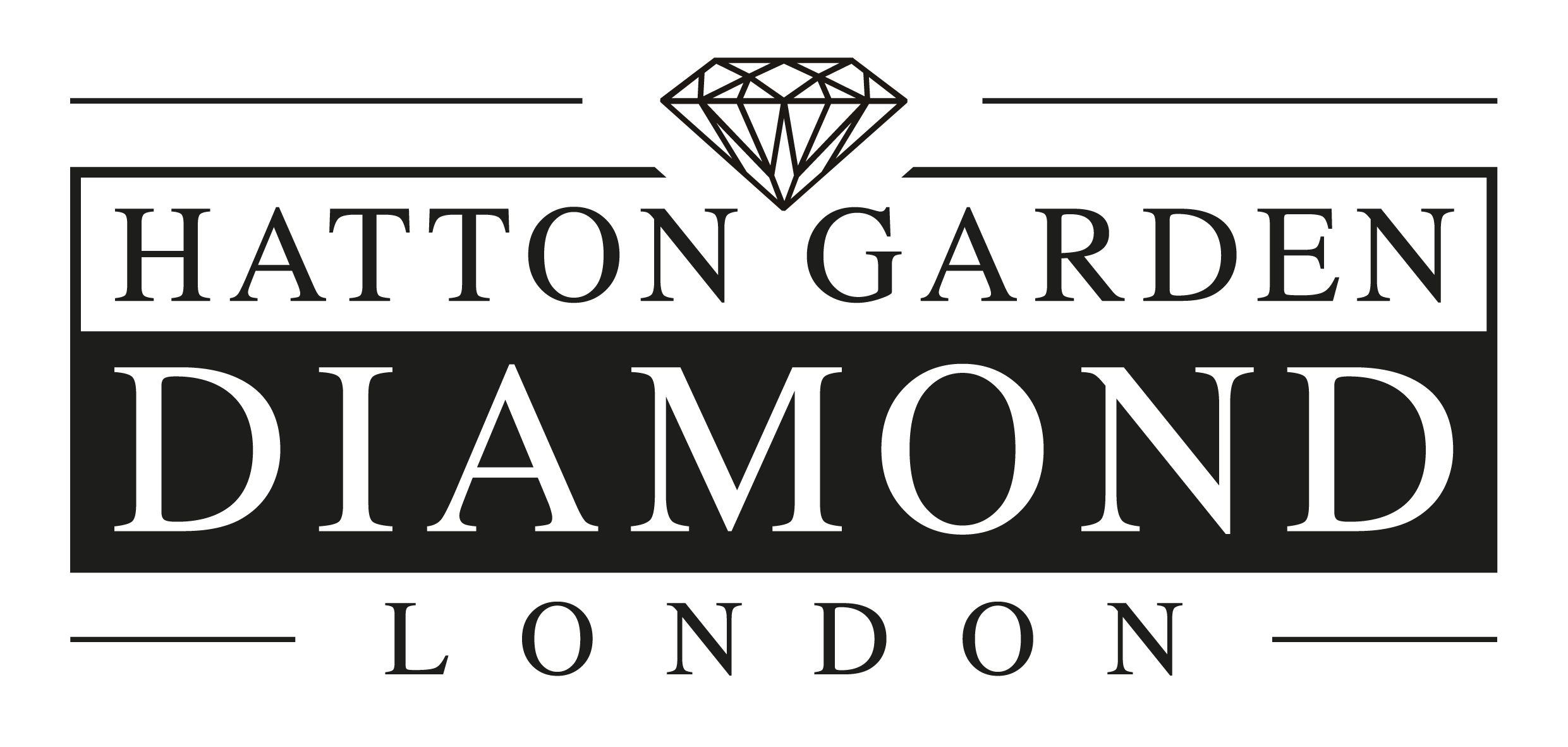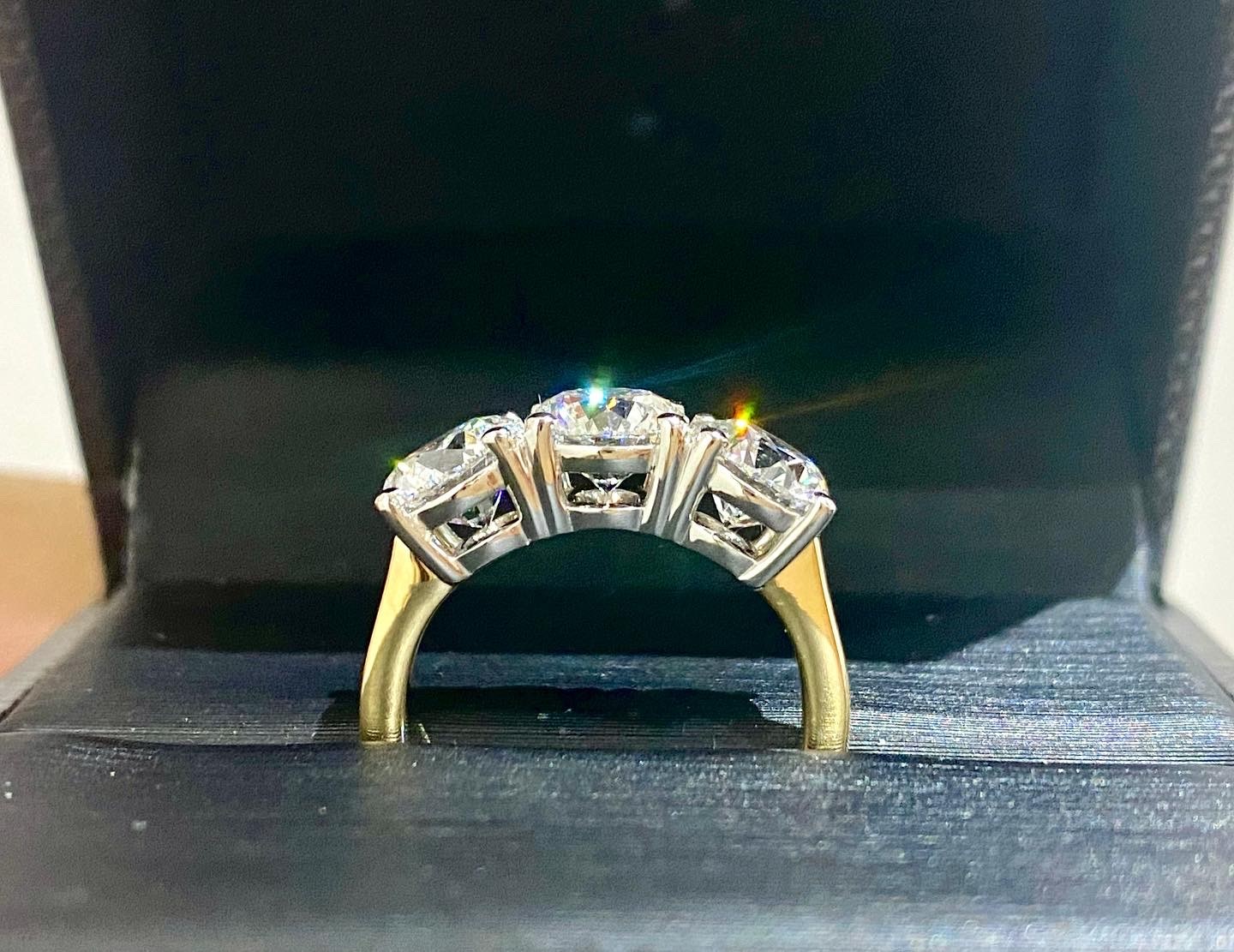Uncategorized
Platinum vs. Gold: Which Should You Get for Your Ring?
Rings are personal items. The gem, the design, and the material are all choices that reflect the wearer’s unique style and preference. For this reason, Hatton Garden lets you choose the metal for your rings.
You can pick platinum, white gold, rose gold, or yellow gold – whichever suits your ring best. There is no single best option among these metals. Choosing one over the other is based on certain factors, including personal preference, type of setting, diamond cut, and even skin tone.
This article will explore the differences in these metals and their advantages and disadvantages if any.
Platinum
Platinum has a naturally white tint. Jewellery pieces made from this metal are typically nearly pure, with as much as 98 per cent purity for some alloys. It is often compared to white gold because of its similarity in appearance. Platinum rings can retain their appearance for years as long as you give them proper care.
Platinum is also often associated with prestige. Platinum series credit cards, for example, usually have better privileges than gold cards.
Advantages:
- Rarer than gold
- Heavier than gold
- More durable than gold
- Hypoallergenic
Disadvantages:
- Considerably more expensive than gold
- More prone to scratches compared to gold
- Can become dull over time
- Cleaning and polishing over the years will strip some of the metal away
White Gold
White gold is created by mixing pure gold with white metals such as nickel, silver, and palladium. It usually features a coating of rhodium. Apart from giving white gold its colour, the other metals help strengthen white gold and improve its durability for jewellery pieces.
Advantages:
- More popular than yellow gold
- More affordable than platinum
- Generally more durable and scratch-resistant than yellow gold
Disadvantages:
- Needs to be dipped in metal to rejuvenate its rhodium plating every few years
- Nickel can cause allergic reactions in some people
Rose Gold
The pinkish or reddish colour of rose gold comes from copper and silver alloys mixed in with pure gold. The amount of copper used is directly proportional to the deepness of red in the ring. Like white gold, these alloys help strengthen the material as well.
Advantages:
- Considered more romantic than other alternatives because of the unique tint
- Often more affordable since copper costs less than other metals
- Considerably more durable because of copper’s strength
- Does not tarnish
Disadvantages:
- Not hypoallergenic and can cause allergic reactions in some people
- Not as widely available as other gold alternatives
Yellow Gold
Yellow gold is the product of mixing pure gold, copper, and zinc. Although yellow gold can have a purity level of up to 99.9 per cent (for 24 karat gold), it also makes the material more malleable and less durable than mixtures with more alloys. Because of this, jewellers or buyers often prefer 14-18 karat yellow gold for rings and other jewellery pieces.
Advantages:
- The most hypoallergenic among the gold options
- Historically the most popular for wedding bands and engagement rings
- The purest colour of all the gold options
- The easiest to maintain
Disadvantages:
- Requires regular cleaning and polishing
- Prone to scratches and dents, especially at higher karats
Conclusion
There is no clear leader among these metal options. Your decision will depend on these and other factors. If you need help choosing the best material for your wedding or engagement band, call us. The jewellers at Hatton Garden Diamond are always ready to help.
We are the longest-standing, family-run jewellery store in Hatton Garden. We specialise in creating stunning, handmade engagement rings of superior quality. Book a consultation today.

